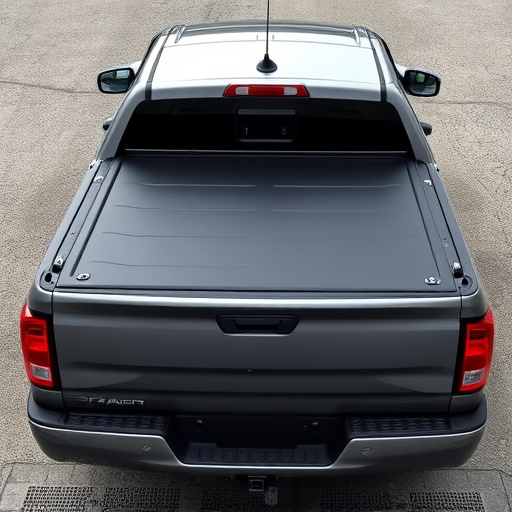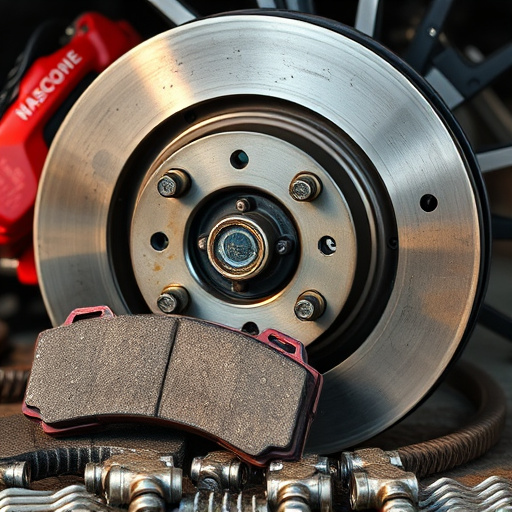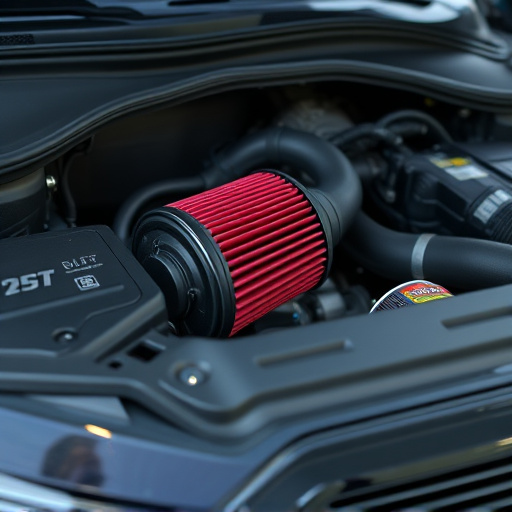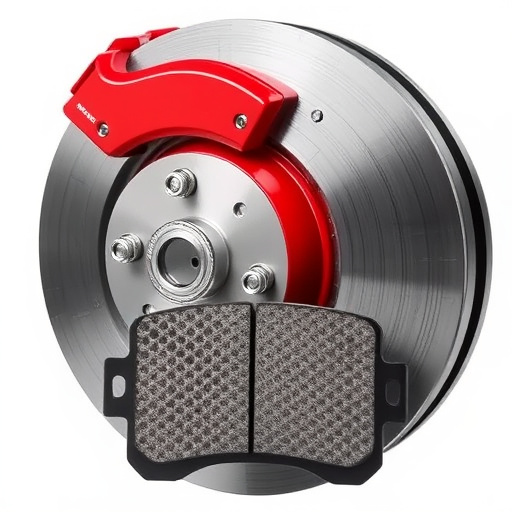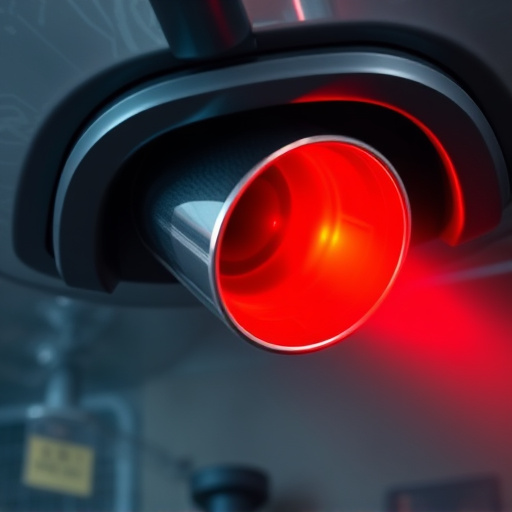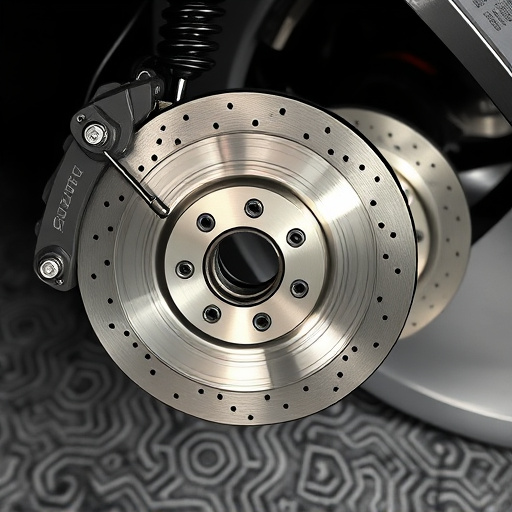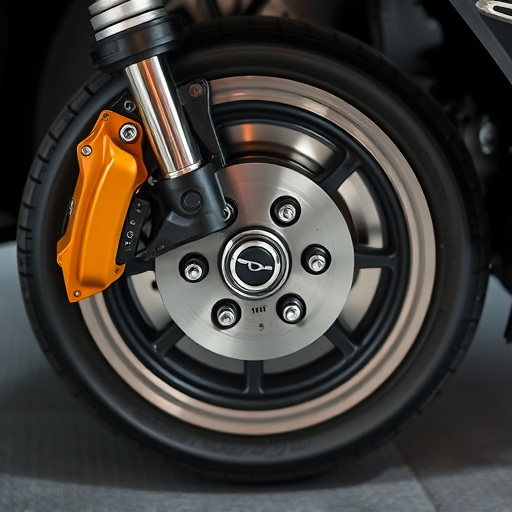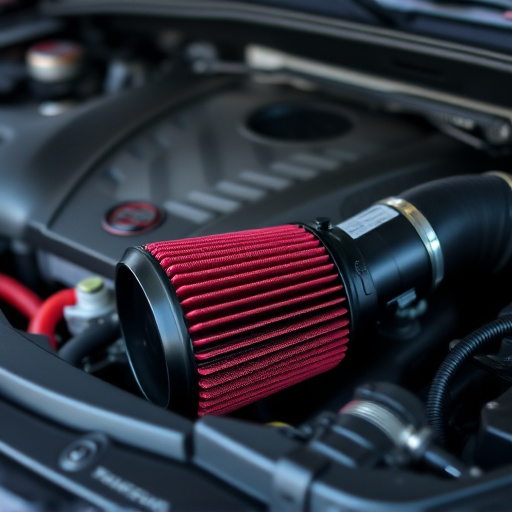A loud exhaust system enhances throttle response by minimizing backpressure, enabling smoother gas flow and faster engine reactions. This improvement complements other performance upgrades for better drivability during overtaking or highway merging. While increasing noise pollution, strategic modifications can balance power and sound, ensuring compliance with regional regulations while maintaining an exciting vehicle performance profile.
Looking to unleash your vehicle’s full potential? Consider the impact of a loud exhaust system on improving throttle response. This article delves into the science behind throttle response and its direct correlation with performance. We explore how a loud exhaust system can enhance throttle sensitivity, providing a more responsive driving experience. Additionally, we guide you through balancing power and sound, ensuring safe and legal modifications.
- Understanding Throttle Response and Its Impact on Performance
- The Role of a Loud Exhaust System in Enhancing Throttle Sensitivity
- Balancing Power and Sound: Considerations for Safe and Legal Modifications
Understanding Throttle Response and Its Impact on Performance
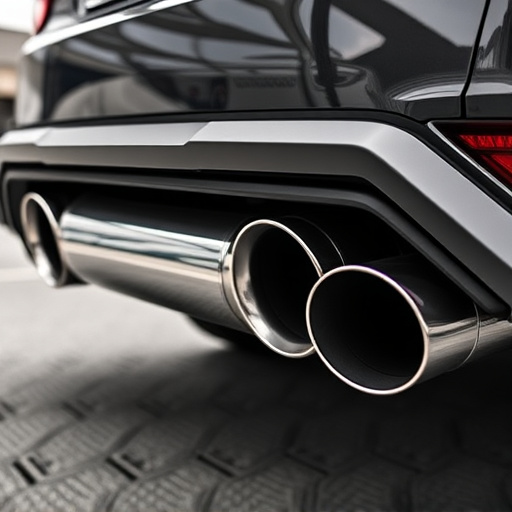
Throttle response refers to the speed at which an engine accelerates from idle to full throttle. It’s a critical factor in determining how quickly and smoothly a vehicle responds to driver input, particularly during overtaking maneuvers or when merging onto highways. A quick throttle response provides several performance benefits, including improved acceleration, better fuel efficiency, and enhanced overall drivability.
While a loud exhaust system can be appealing for its dramatic sound, it’s also known to enhance throttle response due to modifications to the exhaust systems. By reducing backpressure in the exhaust, these systems allow for more efficient gas flow, enabling the engine to breathe easier and respond faster to changes in throttle input. This benefit is especially noticeable when combined with other performance upgrades, such as enhanced suspension components and optimized brake rotors, contributing to a dynamic and responsive driving experience.
The Role of a Loud Exhaust System in Enhancing Throttle Sensitivity
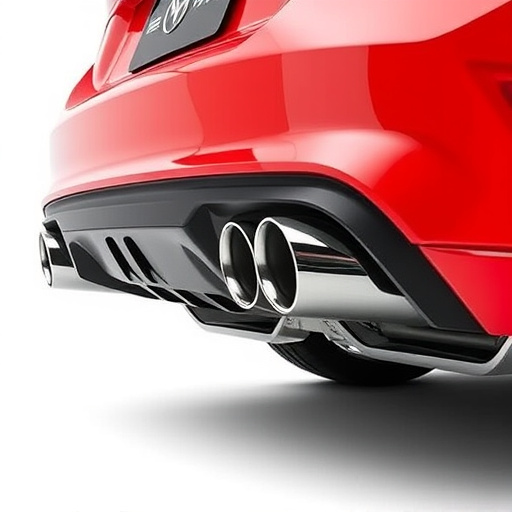
A loud exhaust system isn’t just about amplifying engine noise; it plays a significant role in enhancing throttle sensitivity. The removal of restrictive mufflers and headers allows for more efficient gas flow, reducing backpressure within the exhaust system. This reduction in resistance improves engine response, making the vehicle feel more agile when accelerating. When you press the gas pedal, the loud exhaust system facilitates faster transfer of power from the engine to the wheels, resulting in quicker and more responsive throttle reactions.
Moreover, a well-designed loud exhaust system can improve overall engine performance by optimizing combustion and exhaust gas dynamics. This, combined with potentially upgraded brake components and suspension kits, contributes to better handling and control during aggressive driving scenarios. The improved throttle sensitivity not only enhances the driver’s experience but also adds a layer of excitement to the vehicle’s overall performance characteristics.
Balancing Power and Sound: Considerations for Safe and Legal Modifications
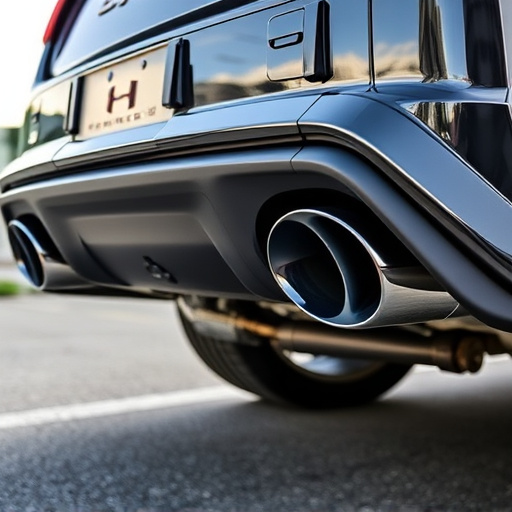
When modifying your vehicle’s throttle response with a loud exhaust system, balancing power and sound is crucial for both safety and legal considerations. While a robust exhaust system can enhance performance by reducing backpressure and improving gas flow, it also introduces additional noise pollution. Many regions have strict noise regulations that restrict the decibel levels of vehicle exhausts, so installing a loud exhaust system could risk penalties or even impoundment.
To navigate these challenges, enthusiasts often pair their upgraded exhaust systems with other performance parts like coilover kits, air filter kits, and improved intake components to ensure the modifications remain within legal limits while still delivering notable gains in throttle response and overall driving experience. This careful approach allows for a harmonious blend of power and sound, ensuring both compliance and enjoyment on the road.
A loud exhaust system can significantly improve throttle response, enhancing both performance and the driving experience. By modifying the exhaust, vehicles can achieve faster acceleration and better engine responsiveness. However, it’s crucial to balance power gains with sound levels for safe and legal operation. Responsible modifications that prioritize noise reduction and compliance ensure a thrilling yet quiet drive, making a loud exhaust system a valuable upgrade for enthusiasts seeking optimal performance without compromising comfort or legality.

